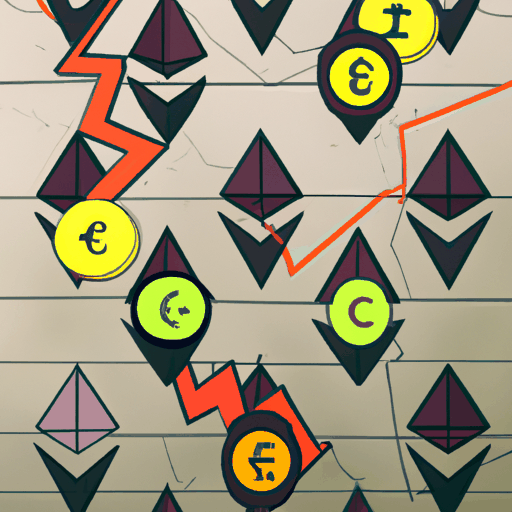
Global Financial Institutions Push for Stablecoin Regulations Amid Increasing Adoption
By: Eliza Bennet
As the use of stablecoins becomes more mainstream, significant developments and regulatory calls have emerged across the globe. In the United States, stablecoin issuers are advancing toward becoming banks by pursuing official bank charters. This move is epitomized by Ripple, which is seeking to establish Ripple National Trust Bank. This federal trust institution aims to secure Federal Reserve account access and custody assets, potentially giving it a critical advantage in the stablecoin sector. Such a charter would bring the company under the Office of the Comptroller of the Currency’s (OCC) supervision, enabling them to hold reserves in cash and government securities. As such, this move could enhance liquidity management during redemptions and reduce financial risks associated with stablecoin issuance. However, the Federal Reserve's account access remains discretionary, meaning a mere charter is not a guarantee of access to central bank payment rails. Moreover, Tether is planning its U.S.-domiciled stablecoin, USAT, aligning with U.S. regulations, positioning itself for onshore distribution with American custodial partners.
Besides these developments in the U.S., the United Kingdom's financial authorities are advocating for specific policies on stablecoin usage. The Bank of England's proposed caps on holding systemic stablecoins aim to bolster financial stability by capping individual wallets at 10,000 to 20,000 pounds and business wallets at 10 million pounds. These measures aim to promote payment functionality over large-scale savings, reducing economic risks during financial upheavals. The caps, coupled with the proposed instant redemption guidelines, push stablecoin backings towards short-duration instruments, effectively making the stablecoin business model resemble that of narrow banks or e-money programs.
In Europe, regulatory entities express concerns about the potential risks posed by multi-issuance stablecoins. The Bank of Italy has advocated for tighter rules on stablecoins that operate across different countries. Chiara Scotti, vice director of the Bank of Italy, has emphasized the need to confine such stablecoins to jurisdictions with equivalent regulatory standards, citing possible legal, operational, and financial hazards to the EU’s economic system if issuers operate in regions with disparate legal frameworks.
As various national banks express the necessity for solid regulatory frameworks, the Bank of Canada has also entered the dialogue, underscoring the urgency for federal regulations on stablecoins. The central bank has warned that Canada risks lagging behind as domestic adoption accelerates, stressing the need for appropriate measures to manage this rapidly evolving sector. As stablecoins continue to gain financial relevance, especially in payment systems and on-chain settlements, the global financial landscape must navigate these changes to ensure a harmonious evolution within a well-regulated environment.



